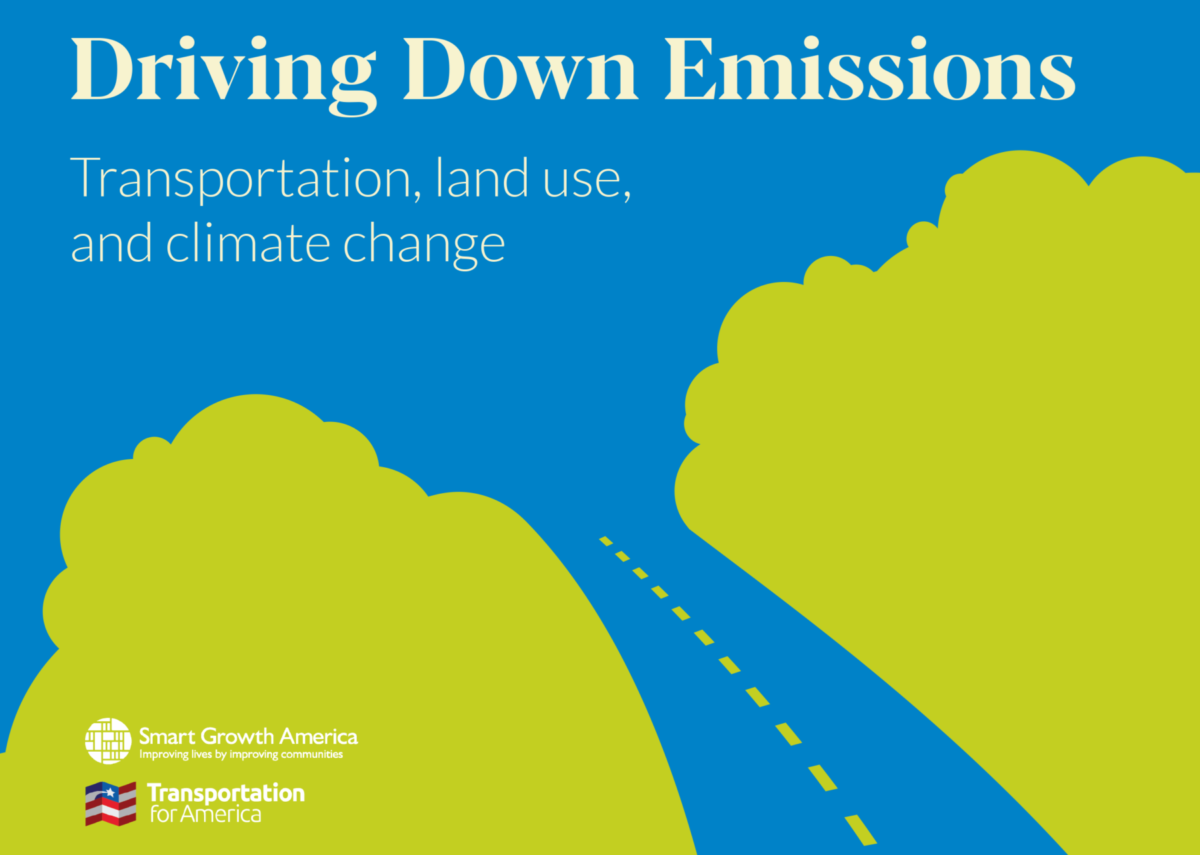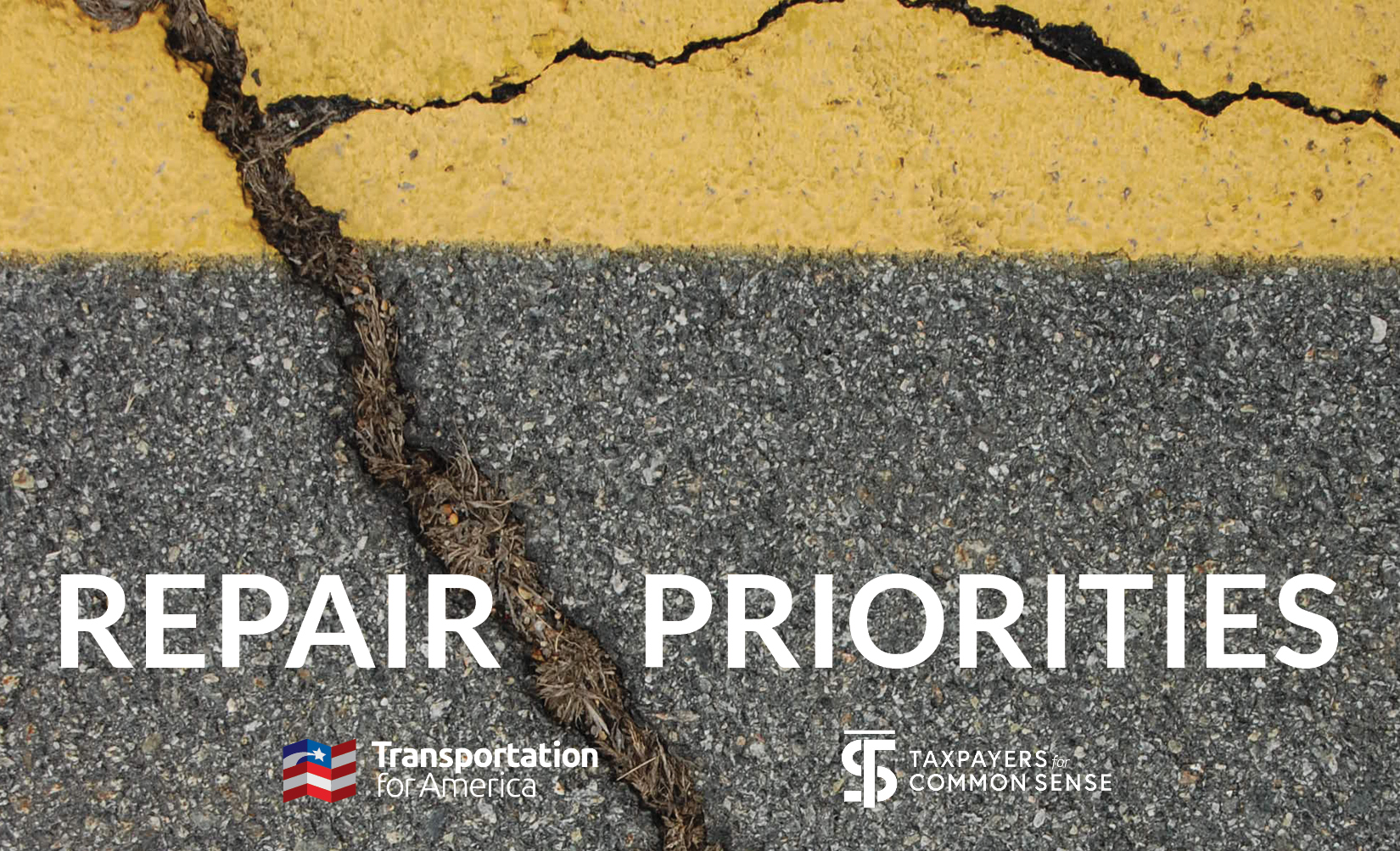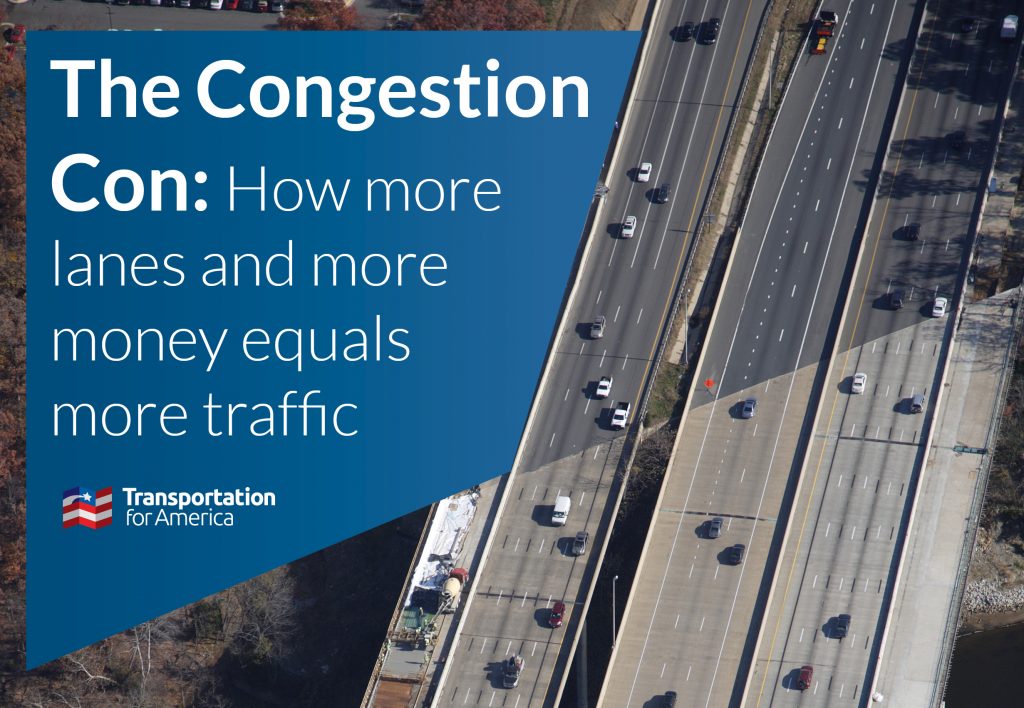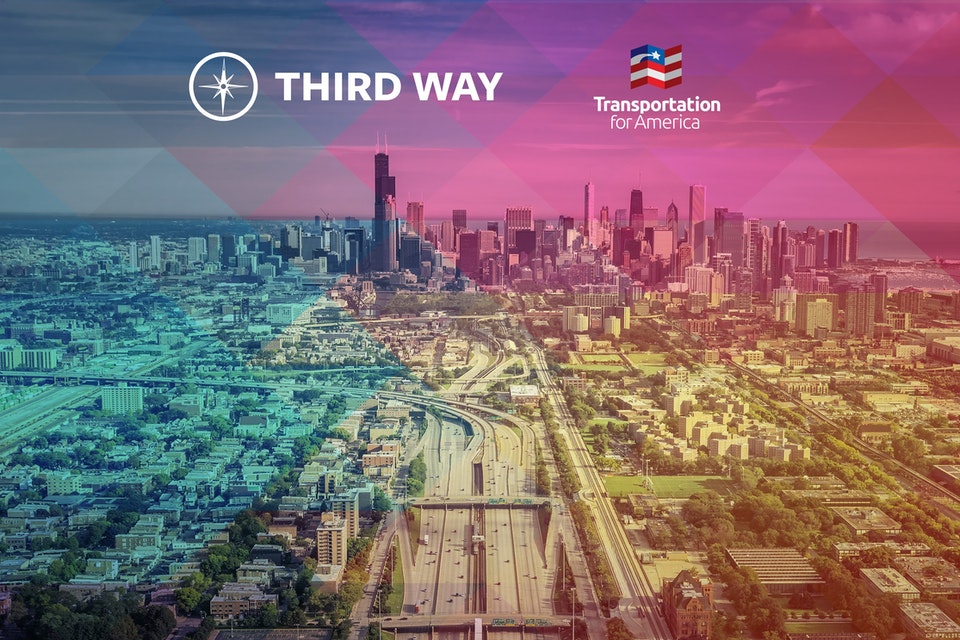Phoenix voters approve a plan to raise money for transportation; vastly expand the city’s light rail and bus networks
On Tuesday night, voters in Phoenix, AZ, approved a slight increase in the sales tax to help fund a 35-year, $31.5 billion package to greatly improve and expand Phoenix’s light rail and bus systems, as well as other transportation improvements. The vote is further evidence that voters are willing to tax themselves for transportation — especially when they know what they’re getting.
* Final results won’t be in for a few days but at a 55-45 margin in reported results so far, advocates are claiming victory. -Ed.
The measure on yesterday’s ballot, Proposition 104, will raise $17.3 billion by nearly doubling the current 0.4 percent sales tax that’s currently devoted to transportation, increasing it by 0.3 percent on purchases in the city and devoting those extra dollars to transportation.
The city will use the bulk of the new revenue, plus other money from grants and transit fares, to improve and expand bus service and expand the city’s new light rail system. The plan also includes money for improving streets, sidewalks and bike lanes. The anticipated funding breaks down like this:
- 55% ($17.5 billion) will go to improve bus service, including $2.9 billion to increase frequency of current service and and $1.9 billion for new bus service.
- 28% ($8.9 billion) to expanding light rail or high-capacity transit—allowing for 42 new miles of light rail, tripling the current system length.
- 7% ($2.2 billion) will go toward existing light rail service
- 7% ($2.4 billion) for city streets, sidewalks, and bike lanes, which includes a plan to add over 1,000 miles of new bike lanes.
Expanding the city’s transit system (and new light rail service) was a core part of incumbent Mayor Greg Stanton’s campaign platform — who also won re-election yesterday. Mayor Stanton has repeatedly stated his belief that a robust transit system was essential for Phoenix’s long-term economic prospects.
“(It will be) getting people to educational opportunities, getting them to jobs, creating economic development opportunities. Bar none, it’s going to be awesome,” Stanton told KTAR news this week.
MovePHX , a local transportation advocacy group that also ran the campaign for Proposition 104, presented a compelling vision to the voters that transit is essential for moving citizens around more effectively and efficiently and for helping the region cope with expected population growth. With a specific plan in place for how and where to invest the money, the voters agreed that a more robust transit system is needed for the city to grow to its full potential.
Phoenix’s light rail system, which began running December 27, 2008, has had over 14.2 million riders so far in [fiscal year] 2015, and the service has been successful in attracting companies to the city that want to be close to reliable transit service to better serve their workers. Companies – like State Farm insurance – have moved to downtown Phoenix in search of a good spot near Phoenix’s light rail system to attract younger workers that like having a convenient transit options.
Votes like Phoenix’s are further evidence that city and state residents are willing to pay for transportation-related projects when they know what they’re getting. Ballot measures for transportation pass about 70 percent of the time, and success (or failure) often correlates with how specific (or vague) the proposal is.
Voters in Seattle and Utah will be going to the ballots over the next few years to vote on similar transportation plans. Seattle-area voters will decide in 2016 whether or not to approve a $15 billion package that will allow the region’s Sound Transit agency to expand light rail there. In Utah, voters (in 12 counties so far) will be deciding this November whether to increase countywide sales taxes to raise new money that can be invested in almost any local need, whether roads, transit, or safer, complete streets.
More and more cities (and states) are seizing the opportunity to raise new money to invest in their ambitious transportation plans crafted to help them stay competitive in the future. Former NYC DOT head Janette Sadik-Khan had a succinct takeaway about the Phoenix vote on Twitter this morning:
PHX passes transit tax. More proof there’s no red/blue divide-just cities that move forward while others fall behind http://t.co/xAPrZcLuRT
— Janette Sadik-Khan (@JSadikKhan) August 26, 2015



















Pingback: Today’s Headlines | Streetsblog USA
Pingback: The Week Observed: August 28, 2015 | City Observatory